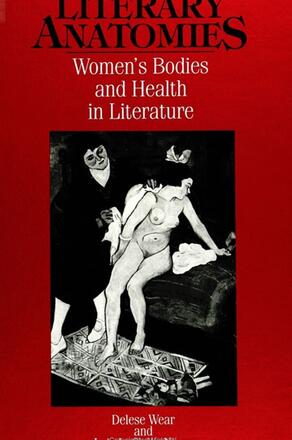
Literary Anatomies
Women's Bodies and Health in Literature
Alternative formats available from:
Description
This book shows how imaginative literature brings women's medical experiences back to lived moments in living bodies, where readers can, perhaps, better understand what it feels like to be someone else. The authors provide four sections that discuss birth, abortion, miscarriage, and fertility; breast cancer; middle age, menopause, and hysterectomy; and aging. While the focus is on twentieth-century North American women, a particular emphasis is placed on the diversity of women's experiences within that time and culture.
Delese Wear is Associate Professor of Behavioral Sciences, Coordinator of Human Values in Medicine, and Associate Director of Women and Medicine at Northeastern Ohio Universities College of Medicine. She is the author of The Center of the Web: Women and Solitude, also published by SUNY Press. Lois LaCivita Nixon is Associate Professor of Medicine in the Division of Medical Ethics and Humanities at the University of South Florida College of Medicine.
Reviews
"Women's stories about their health experiences and life transitions have only begun to be told because for women "voice" remains an achievement. Thus, Literary Anatomies is long overdue and would have delighted me if it had been only half as good as it is. But given the talents of both of its authors, its value was assured from its conception. I will be giving a copy of this book to many of my women friends and to some men as well. The stories and poems contained here are certainly accessible to men seeking understanding of their mother's, sister's, and partner's experience with breast cancer, abortion, or aging. In addition to bridges of understanding, the multitude of distinctive voices brought together here offer support, solace, laughter, and maybe even spurs to readers' own creativity." — Janet Bickel, Association of American Medical Colleges